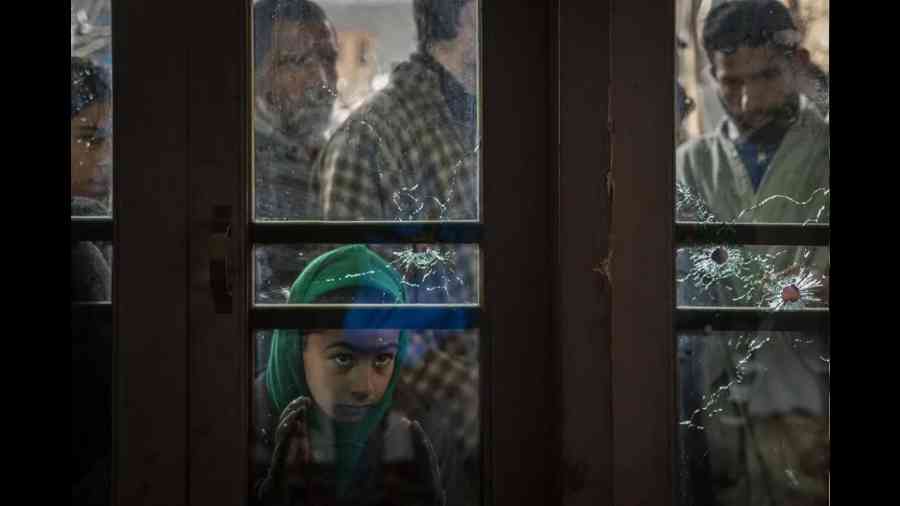Book: A Dismantled State: The Untold Story of Kashmir After Article 370
Written by: Anuradha Bhasin
Publisher: HarperCollins
Price: ₹699
When a story is contested, how should it be told? One way that it is certainly not told is through silence. If there is such a thing as a public consciousness at the national or global level today, it is marked by such extraordinary levels of fragmentation of attention that silence on a subject is a recipe for its irrelevance. Breaking this kind of silence for the people of Kashmir is the chief achievement of Anuradha Bhasin’s A Dismantled State.
To make up for the silence that Bhasin currently perceives in the erstwhile state, her book journeys through a bewildering number of stories, themes and subjects: the unease prior to the abrogation of Article 370, the doubtfulness of the measure’s constitutional basis, the restrictions imposed to hammer it through, arrests and intimidation, the suppression of public protests, displacement of the state’s political mainstream, raids and harassment by the armed forces, governmental perception management, trends in militancy, encounter killings and burials of those killed, seamless extension of restrictions during the pandemic, official measures following the abrogation, fears about demographic changes and delimitation, measures affecting lands and jobs, Chinese incursions and more.
Indeed, the sheer volume of these stories is difficult to express here but they fleetingly cover the lives of various groups and communities, such as the Kashmiri Muslims, residents of Jammu, Ladakh and Kargil, Muslim minorities in Jammu, tribal nomads, Dalits, businessmen, women, villagers, labourers, teachers, bureaucrats, stone-pelters and militants. Bhasin’s writing moves back and forth between stories about the lives of individual Kashmiris and the broader patterns of government action. This means that readers will catch many painful glimpses, such as the stories of those arrested under the Public Safety Act and moved to prisons in other states, or those who allegedly suffered from torture and intimidation. But the tone and the profusion of anecdotes can also mean that some of the book’s claims can sound overbroad or speculative.
This is all beside the point because there is a deeper anguish that underlies the book’s aims. Readers may have many predilections about what is happening in Kashmir but what Bhasin has to say is something that has not been given a chance to be heard. The chokehold over the media at the time of and after the abrogation stole from journalists and ordinary residents the chance to convey to the rest of India and the world what the meaning of the measure has been. And it took away this chance at the very moment when attention was on the subject. If not for the people of Kashmir or the history of betrayals they have suffered, it is at least for this reason that we must look unflinchingly at these stories. If Bhasin is right, the attempt at integration has “sealed the paths to peace” and condemned Kashmir “to multiply its baggage of trauma and grief.” Now is not the time to look away.











